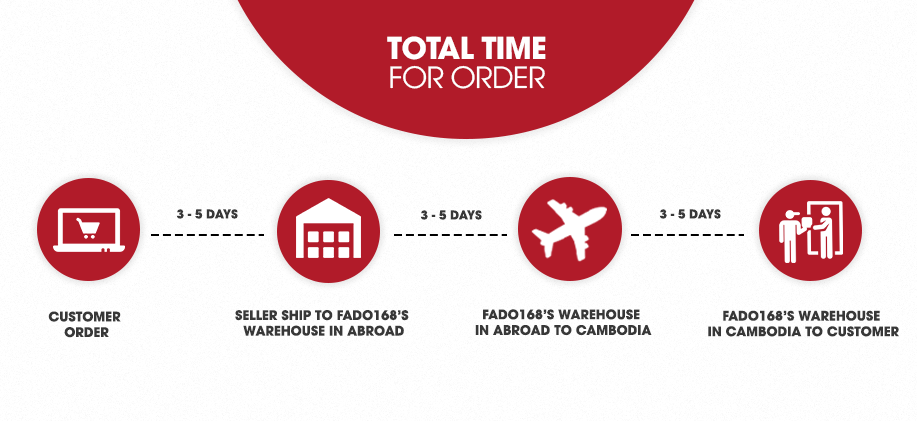The upgraded version of Fosi Audio BT20A
Fosi Audio BT20A Pro 600W TPA3255 Bluetooth 2.0 CH Amplifier
- Input: Bluetooth + RCA; Output: Passive Speakers + Pre-out
- THD: ≤ 0.005%; SNR: ≥108dB;
- MAX Output Power: 300Wx2@4Ω (Using a 48V10A Power Supply)
*Note: It should be emphasized that 300W refers to the maximum power supported by the product's chip, which can only be achieved with a 48V 10A power supply. The power supply's voltage and current determine the amplifier's maximum output. For more details, please refer to the illustration below on Power Variability.


